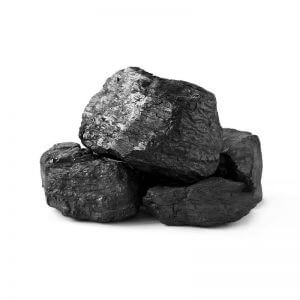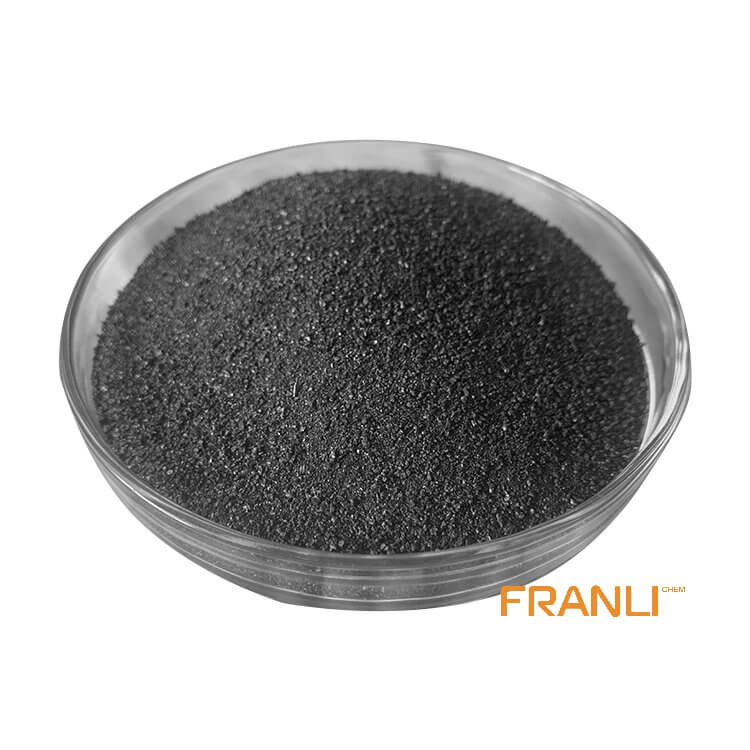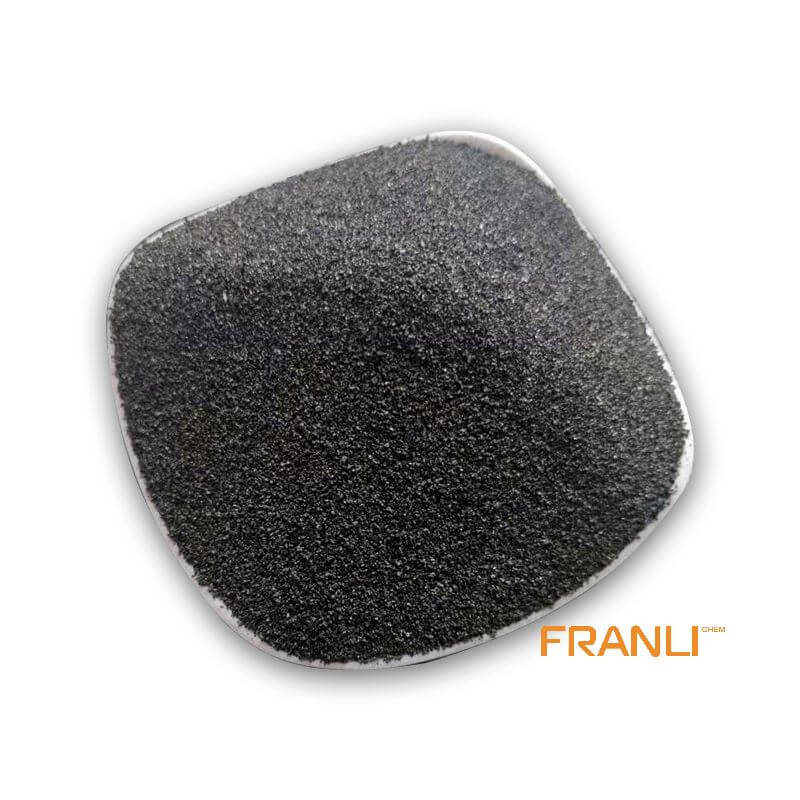


Petroleum Coke
Size
According to your requirements
Package
25 kg small bags into ton bags or ton bags
Features
Low ash content and low boiler ash discharge, etc.
Application
Depending on its quality, petroleum coke can be used in industries such as graphite, smelting and chemical industry, etc
Petroleum coke, as a byproduct of petroleum, is produced in the process of petroleum processing, that is, the crude oil is distilled to separate light and heavy oil, and the heavy oil is converted into petroleum coke by hot cracking. If petroleum coke can be obtained directly from petroleum processing, then the petroleum coke is raw coke or ordinary coke. Petroleum coke has irregular shape, dark gray or black, porous structure and metallic luster.
Request a quote
Introduction
Petroleum coke is a large by-product produced in the process of petroleum refining. Most of the petroleum coke (about 75%) is sold as fuel for power generation and cement production, but higher quality petroleum coke is sold to the calcination industry. It is usually carried by bulk carriers by sea. Like most other bulk cargo, after unloading, there are still residues on the cargo hold and deck, which must be cleaned before new cargo can be loaded. The cleaning process usually requires dry sweeping, high-pressure water washing, the use of chemical cleaners, and the final high-pressure water washing. In theory, washing wastewater is either discharged at sea or discharged at land receiving facilities. However, given the increasingly stringent national and international legislation (such as MARPOL), it is becoming more and more important to ensure the appropriate disposal methods. In addition, ships carrying petroleum coke may also be involved in accidents that lead to cargo damage at sea. The purpose of this circular is to briefly introduce the physical properties of petroleum coke, the impact of its discharge or loss at sea on the environment, the properties and impact of petroleum coke cleaning agents, and some national or international policies related to its disposal.

Physical property
Petroleum coke, also known as raw coke, is mainly composed of carbon (84-97%), which is produced during the thermal decomposition of oil in the refining process. There are various forms of coke, such as needle coke, sponge coke, and pellet coke. The sulfur content and impurity content are different with different microstructures. The quality of crude oil is the key to determining which of these types of coke – coke produced from high asphaltene content feedstock contains high concentrations of sulfur and metals.
Coking is the product of delayed coking and contains a lot of hydrocarbons. It has a unique hydrocarbon odor and can contain 4% to 21% of volatile compounds, mainly residual hydrocarbons, including polycyclic aromatic hydrocarbons (PAHS), according to the heating rate of the refining process.
Calcined petroleum coke is made of raw coke and is heated (>1200) ° C) It is heated. This process almost eliminated all hydrocarbon content (i.e. < 0.1%). Fine water mist containing surfactants is usually used to suppress dust. Surfactants reduce the surface tension of water, make it more effectively wet the goods, and reduce the necessary water content. It is usually used in the form of dilution (between 100:1 and 3000:1) and is generally classified as harmless.
The exact properties of petroleum coke depend on the source of crude oil raw materials and the heating process used. However, the main components are expected to be within the range shown in. Trace metals such as nickel and vanadium may be up to one in a million. The proportion of petroleum coke to water is between 0.8-2.1. Therefore, the product specifications for each piece of goods must be consulted to determine whether it floats or sinks. Generally speaking, most petroleum coke products will sink into the seawater. Petroleum coke is stable and insoluble in water, so if discharged at sea, it is likely to form a slurry.
Influence of petroleum coke on Environment
Environmental toxicity studies have shown that in general, petroleum coke has a low potential for adverse effects on aquatic and terrestrial terminals of plants and animals. Therefore, the chemical safety technical specification (MSDS), the EU CLP regulations, and the ages amp/ehs comprehensive hazard document list (2015) all indicate that petroleum coke will not cause harm to the marine environment. No updates on petroleum coke have been added to the latest versions of IMSBC (2020) and MARPOL Annex V, indicating that the substance is considered harmless by 2021. However, recent evidence shows that petroleum coke is not as inert as originally thought, and environmental-related substances (nickel and vanadium) have been found in the filtrate of the coke; When discharged into the sea in a low dilution environment, the growth of algae may be affected.
It is worth noting that although petroleum coke is described as harmless, small particles in powder or particles have potential effects on human health as inhaled (i.e. air-borne) dust.
As mentioned earlier, hydrocarbon content in coke or petroleum coke is likely to form luster on the water surface, although this is likely to be local and nonpersistent. The most worrying concern after the release of petroleum coke (e.g. in the case of ship casualties) is the potential suffocation effect, especially in low energy or shallow water areas, where diffusion and dilution are reduced. If a large number of black solids are washed to the shore, the discharge near the coastline can also cause negative visual effects. Any increase in pH or gloss will be short-term as long as there is sufficient water depth and water exchange. As for the discharge of small amounts of petroleum coke in clean waters, it is not expected to harm the marine environment as long as the hydrocarbon content of the goods is low enough. However, this comment should be read in conjunction with the governing legislation described below.

Cleaning supplies
The coke has high oil content, and it is difficult to clean in the process of cleaning the cabin. A chemical cleaning agent is usually needed. There are many special cleaning products available for this purpose. These cleaning products may be general cleaners or may also be cleaners specifically used for specific cargo residues. Some may contain hydrocarbon solvents, while others are based on their corrosiveness. Therefore, these factors must also be taken into account when studying the environmental impact of clean water treatment, especially in offshore treatment.
All clean products assessed by the working group on chemical safety and pollution risk assessment (ESPN) and confirmed by the marine environmental protection committee that they meet the possible emission regulations are listed in Annex 10 of MEPC2.
Therefore, since they may be diluted during use and are easy to dissolve in the ocean, the key to understanding the potential impact of any such cleaning agent on the environment is to understand the concentration distribution after their loss or discharge to the sea for a period of time. In other words, it is the amount involved, the spillover rate, and the potential water exchange.
National and international guidelines and restrictions on emissions
The overview of national and international rules on goods-related emissions, especially coke emissions, is beyond the scope of this note. However, a brief description of the rules of the United Kingdom and the United States, as well as those promulgated through the international maritime organization, may help to understand the current problems.
In addition, any hydrocarbon “luster” generated by the discharged cabin flushing water will constitute a violation of MARPOL Annex 1 (on oil pollution). Within the permitted discharge range, the sewage tank must be discharged through the oily water separator and monitoring system, and the oil content discharged shall not exceed 15 ppm.
Legislation in the United States, such as the clean water act (CWA), the prevention of pollution from ships Act (APPS), and some Coast Guard regulations, implements the standards stipulated in MARPOL, prohibiting the discharge of oil residue or garbage within 12 nautical miles from the coast. On the other hand, the British Maritime and Coast Guard (MCA) pointed out in its guidance on handling cargo hold cleaning and hatch cleaning at sea:
“… after unloading some bulk cargo, many vessels will clean their holds or decks to remove this excess or spilled material, as it may contaminate the next cargo. In this case, as long as the material is inert, it can be disposed of at sea by minimizing the residue of the material, and any disposal is following the 2008 regulations and any other relevant legislation. If the substance is a marine pollutant, dangerous or toxic substance, or a substance that may cause secondary pollution when in contact with the sea (such as petroleum coke, if treated at sea, causing the glossy surface phenomenon, it will cause the ship to violate the regulation 73 / 78 of Annex 1 of MARPOL). All materials after cleaning should be disposed of appropriate shore receiving facilities.

Conclusion
Although petroleum coke is not officially classified as harmful to the marine environment. In theory, when the ship is sailing, 12 nautical miles from the nearest coastline, it can discharge. However, petroleum coke cargo residue and washing water may contain many harmful components, such as residual hydrocarbons, heavy metals, cleaning agents, or dust inhibitors. Therefore, if the presence of such components is large enough, it may lead to a particular cargo residue being considered harmful to the marine environment.
In general, the discharge of petroleum coke residue and tank washing water for cleaning products will depend on the volume and location of discharge. However, oil light may be visible on the water surface near the discharge in a short time, resulting in a local and short-term rise in the pH value of seawater. If it is discharged in deep enough seawater and there is water flow for good water exchange, the residue is likely to dissipate quickly without any impact on the environment.
Finally, it is worth noting that legislation on the discharge of any tank washing water from ships is complex both domestically and internationally. The minimum requirements around the world tend to be consistent with the recommendations of MARPOL, but may be more stringent in some locations. Therefore, to avoid potential environmental problems and possible lawsuits or fines, it is more prudent to transfer the cabin cleaning water to shore facilities for treatment instead of discharging it to the sea. The same is true for petroleum coke washing water.



